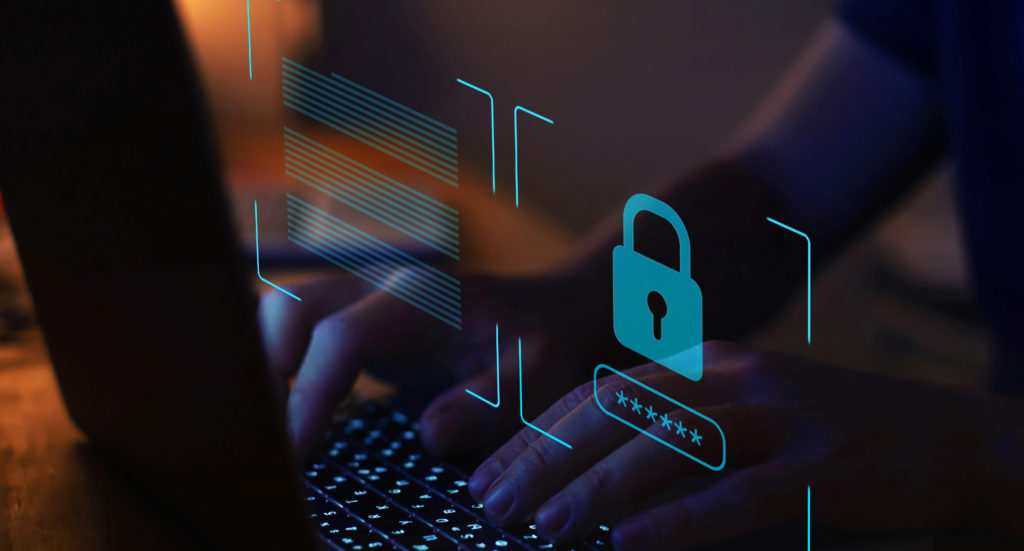The Access Blog
5 Best Practices for Keeping Your Home Network Safe
Categorized: The Access Blog | August 9, 2021

As we add more and more devices to our home network, the chance of becoming a victim to cyber criminals dramatically increases. Most of us are unaware of the security risks these devices present, leaving our network wide-open for thieves to steal our personal, private, and confidential information. But by following these simple guidelines you help can protect you and your family from becoming the next statistic.
Don’t give out your password.
It may seem obvious, but do not EVER give out your password to anyone outside of your family. We don’t know where our friend’s devices have been. Who knew that your neighbor who brought the potato salad to yesterday’s BBQ had a trojan virus and malware added to his phone from an airport phone charging station? And because you let him connect to your home Wi-Fi network to check the Yankee score, your home network has now been compromised. So, don’t ever share your password – set up an isolated guest network for anyone outside your family.
Always set up a Guest Network.
Guest networks use a different SSID, and various methods to isolate guest traffic, keeping it separate from your primary home network. Guest networks are designed to provide guests with Internet access while keeping your home network safe and secure. And Access Networks’ access points all come standard with the option of adding a guest network.
Create a complex password.
The more complicated the password, the harder it is for criminals to decipher. According to this article from Newsweek, if your password is only four or five characters (regardless of whether they are just numbers or a combination of numbers, letters and symbols), there’s a very high chance that it will be hacked instantly. If you have a 17-character password with a combination of numbers, letters, and symbols, it will take 93 trillion years.
And never use the same password twice. All of this goes for not only your Wi-Fi network, but all of your passwords online. Does this seem impossible? It did to me too, which is why you should use a password manager like 1password, LastPass or Keeper.
Implement a firewall with active threat management.
Active threat management firewalls defend against malware or hacking-based attacks by actively monitoring for threats. An enterprise-grade network using a firewall with active threat management will have a database, including signatures of malicious traffic (IPS), virus patterns and malicious websites which receive constant, daily updates, enabling it to protect the entire home network from each new crop of cyberthreats.
Be cautious of EVERY email you receive.
Humans are by far the weakest link in any security chain, and the bad guys know it. They will try to send you phishing emails with malicious URLs, luring you to click it with promises of free gifts, implying a sense of urgency, and so on. Sometimes these emails will look legitimate, like from your bank, from online shops, or from the government. Do not fall for it. Always check the URL in the email by hovering on it. Ask yourself, is it pointing to a legitimate site? Were you expecting that email? Does it look suspicious (i.e. grammar errors, typos)?
There are companies that provide online training to help people increase Information Security awareness, like KnowBe4 or ProofPoint.
For more information on protecting your home network, please contact the Access Networks team!